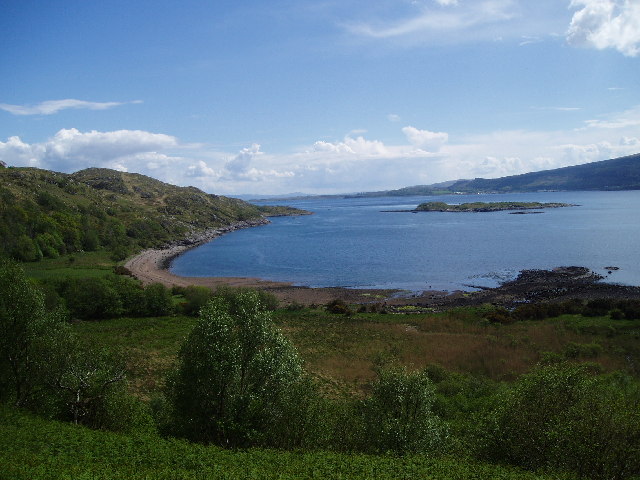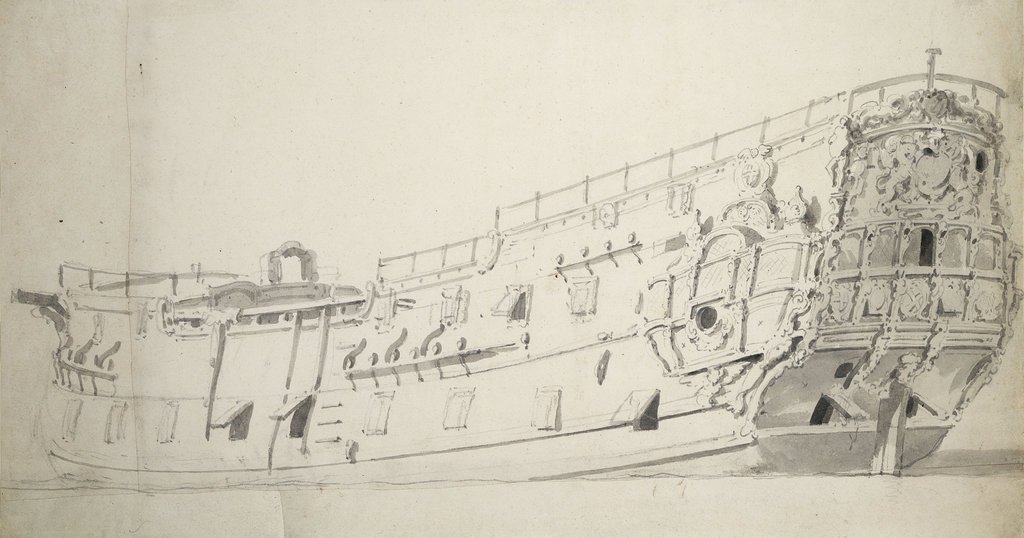Rubha an t-Sasannaich
Coastal Feature, Headland, Point in Argyllshire
Scotland
Rubha an t-Sasannaich

Rubha an t-Sasannaich, also known as the Point of the English, is a prominent headland located in Argyllshire, Scotland. Situated on the west coast of the country, it overlooks the Sound of Jura, offering breathtaking views of the surrounding landscape.
This coastal feature is characterized by its rugged cliffs, which rise dramatically from the sea, creating a striking natural landmark. The headland is predominantly composed of ancient metamorphic rocks, giving it a unique geological profile.
At the tip of Rubha an t-Sasannaich, there is a small lighthouse that has been guiding ships through the treacherous waters of the sound since the 19th century. The lighthouse, with its distinctive white and red stripes, stands tall against the backdrop of the deep blue ocean, adding to the charm and beauty of the point.
The headland is also home to a diverse array of flora and fauna. The coastal heathland and grassy slopes support a range of plant species, including heather, gorse, and wildflowers. It serves as a habitat for various seabirds, such as gannets, puffins, and cormorants, which nest along the cliffs.
Rubha an t-Sasannaich is a popular destination for nature enthusiasts and hikers, who are attracted by its stunning vistas and the opportunity to explore its rugged terrain. The coastal path leading to the headland offers a scenic route for walkers, allowing them to immerse themselves in the natural beauty of the area.
Overall, Rubha an t-Sasannaich is a magnificent coastal feature that combines remarkable geological formations, a historic lighthouse, and abundant wildlife. It is a must-visit location for those seeking an authentic Scottish coastal experience.
If you have any feedback on the listing, please let us know in the comments section below.
Rubha an t-Sasannaich Images
Images are sourced within 2km of 56.517123/-5.7325564 or Grid Reference NM7042. Thanks to Geograph Open Source API. All images are credited.

Rubha an t-Sasannaich is located at Grid Ref: NM7042 (Lat: 56.517123, Lng: -5.7325564)
Unitary Authority: Highland
Police Authority: Highlands and Islands
What 3 Words
///timed.schools.flushed. Near Lochaline, Highland
Nearby Locations
Related Wikis
Ardtornish Bay
Ardtornish Bay is coastal embayment, on a chord of 0.89 miles, on a 161° orientation, in the Morvern peninsula in Lochaber, in the western coast of Scotland...
Ardtornish Castle
Ardtornish Castle is situated in the grounds of the Ardtornish estate in Morvern, on the west coast of Scotland. It stands at the seaward end of a promontory...
Inninmore Bay
Inninmore Bay is a small shallow coastal embayment, on a chord of 1.74 miles, on a 215° orientation, in the Morvern peninsula in Lochaber, in the western...
HMS Dartmouth (1655)
HMS Dartmouth was a small frigate or fifth-rate ship, one of six ordered by the English Council of State on 28 December 1654, and built in 1655. ��2�...
Nearby Amenities
Located within 500m of 56.517123,-5.7325564Have you been to Rubha an t-Sasannaich?
Leave your review of Rubha an t-Sasannaich below (or comments, questions and feedback).



















